Related Literature
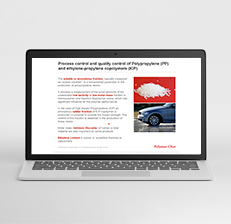
Webinar: Polyolefin Microstructure Characterization Tools for a QC Environment
Webinar Characterization Tools for a QC Environment
Date: February 2022
Speaker: Alejandro Fernández
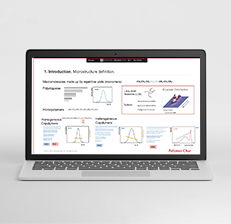
Webinar: Modern Separation Techniques for Polyolefin Microstructure Characterization
Webinar Modern Separation Techniques
Date: November 2021
Speaker: Alejandro Fernández
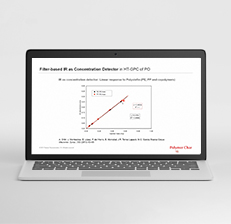
Webinar: Recent developments in the characterization of Polyolefins. An overview of modern separation techniques.
Webinar ABPol
Date: March 2021
Speaker: Alberto Ortín

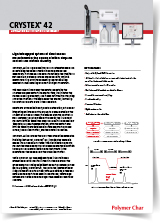
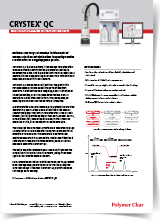
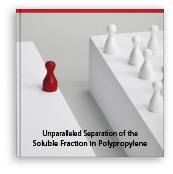
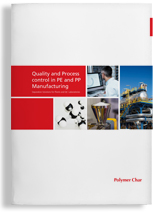
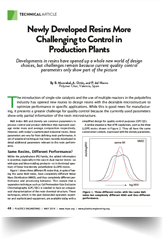
Article: Newly Developed Polymer Resins are More Challenging to Control in Production Plants
Published in Plastics Engineering (SPE)
May 2018
Pages 48-51
B. Monrabal, A. Ortín, P. del Hierro
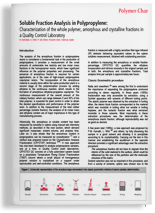
Application Note: Automated Soluble Fraction Analysis in Polypropylene
Published in The Column
February 2014
Pages 18-23
B. Monrabal, A. Ortín, P. del Hierro
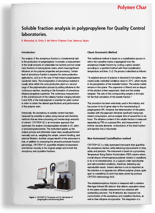
Application Note: Soluble Fraction Analysis for Quality Control
Published in LCGC NA and EU
The Applications Notebook
Pages 709-710
December 2013
B. Monrabal, A. Ortín, P. del Hierro
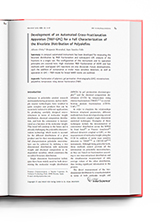
Rapid characterization of high-impact ethylene–propylene copolymer composition by crystallization extraction separation: comparability to standard separation methods
Published in: Taylor & Francis Online Journal
September 24, 2020
Authors: Ljiljana Jeremic, Andreas Albrecht
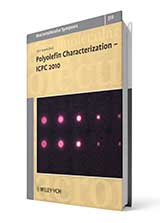
A New Calibration Method for the Accurate Determination of Ethylene Content in Ethylene-Propylene Copolymers by CRYSTEX-IR
Published in: Macromolecular Symposia. Polyolefin Characterization, ICPC 2010.
Volume 312, 2012, Pages 157-166. Wiley-VCH.
Authors: L. Romero, A. Ortín, J. R. Torres Lapasió, M. C. García Álvarez Coque.
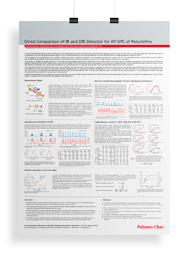
Poster: Reduction of solvent consumption in polyolefin characterization techniques
Poster
Presented at the 8th ICPC
2023

Poster: Development of an in-line filter for analysis of complex polyolefin compounds with CRYSTEX technique and comparison with off-line filtration
Poster
Presented at the 8th ICPC
2023


Poster: Automated analysis of the soluble fraction in PP resins by a modified TREF technique
Poster
Presented at the 5th ICPC
2014

Poster: Simplified CRYSTEX for the Analysis of Xylene Solubles in Polypropylene
Poster
Presented at Pittcon
2011
Document Request
To receive a copy by email please check the boxes above and complete the following form. Thank you for your interest.